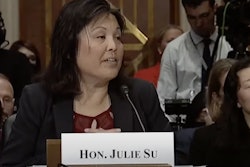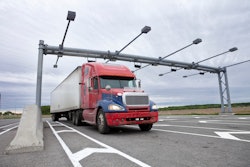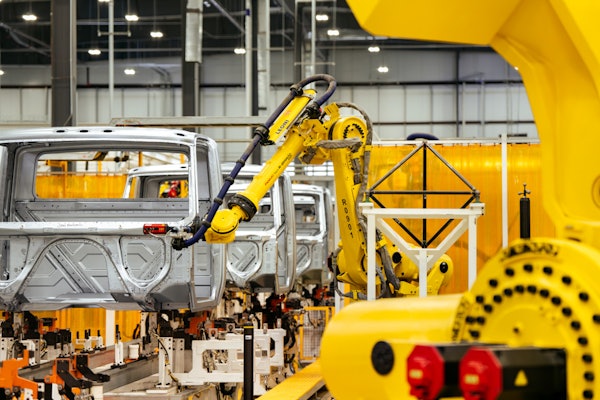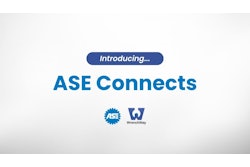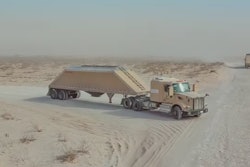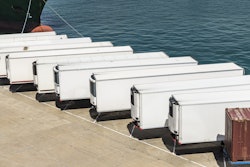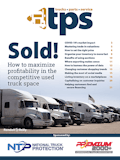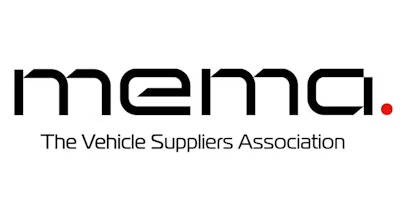
MEMA, the Vehicle Suppliers Association, submitted comments to the Environmental Protection Agency (EPA) this week addressing the importance of cooperation and inclusion in supporting air quality improvements.
MEMA states the association and its members "strongly support" the objectives of the EPA to improve national air quality through improvements to light- and medium-duty vehicles, yet in comments submitted on July 5 MEMA also urges the EPA to address a wide range of challenges to ensure success for all parties.
“The success of our industry is interwoven with the success of this proposal and the ability of the government to work with industry and other stakeholders to meet significant challenges,” says Ann Wilson, senior vice president government affairs, MEMA, “We are firm in our support of EPAs efforts in improving national air quality through emissions regulations, and with the additional considerations submitted through MEMA’s comments, we hope the go forward plan will successfully meet the complex needs of a transforming U.S. vehicle fleet.”
MEMA states it urges EPA to address the following:
- The need for regulatory certainty. The final rule must contain an effective mix of feasible, demonstrated technology along with emerging technology, leaving options to improve emissions reductions in today’s advanced propulsion designs.
- The influence of other technologies. Including internal combustion engines fueled by hydrogen and other renewable carbon-neutral fuels – which can impact and make measurable environmental improvements at scale.
- Technology Neutrality and BEV Emissions. EPA should ensure that battery electric vehicles (BEV) are included in metrics for vehicle-to-vehicle comparison.
- Challenges in our nation’s infrastructure and power grid. Federal and state incentives are needed to further expand the EV charging and refueling infrastructure in areas that connect these major thoroughfares.
- Supply chain challenges. The proposed rule assumes that all materials for advanced vehicles, which are not available today in the quantities needed to support the massive growth in vehicle construction, will become available within sufficient time. This places a significant and unnecessary risk on manufacturers and suppliers.
- Workforce challenges. A significant increase in skilled workers will be needed to support the implementation of this rule and long-term success thereof.
- Extended warranty. The necessity to clearly define the applicability of the extended warranty and the need to provide repair access to service these new vehicles.



